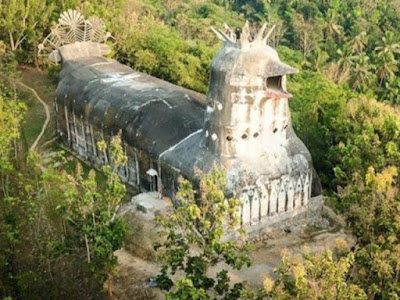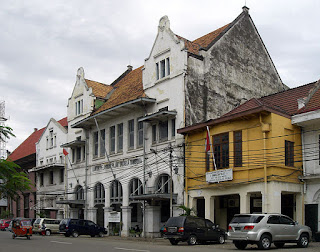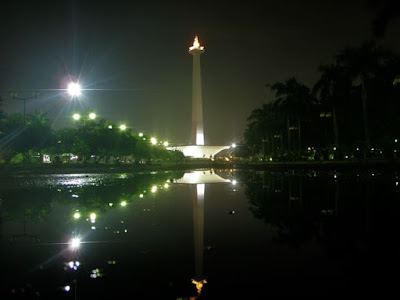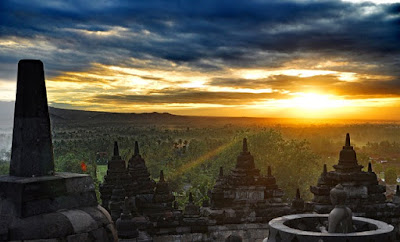THE QUEEN HARBOUR AT SUKABUMI

Image by Hiroshi sanjuro - Own work, CC BY-SA 4.0 The Queen Harbour or Pelabuhan Ratu is one of the well known beaches which is usually visited by domestic and international tourists. It is located at Pelabuhanratu bay and it’s about 60 km from the capital of Sukabumi. As it shares the border with Indian Ocean, the sea is rough and dangerous. Tourists should be very careful because a lot of people drowned after being struck by massive waves. Sometimes the sea looks calm, but the underwater currents are so extreme and awful. The beautiful panorama and the high waves attract a great many world class surfers to demonstrate their skills. Rocks that jut out into the sea become the ideal location for fishing. The restaurants and food stalls sell various delicious food and drink. There’re also the cheap and five-star hotels. It’s worth staying overnight and enjoy seeing the view of this beach by night. While walking on the sand beach, you can see the sparkling lights of the fish...





